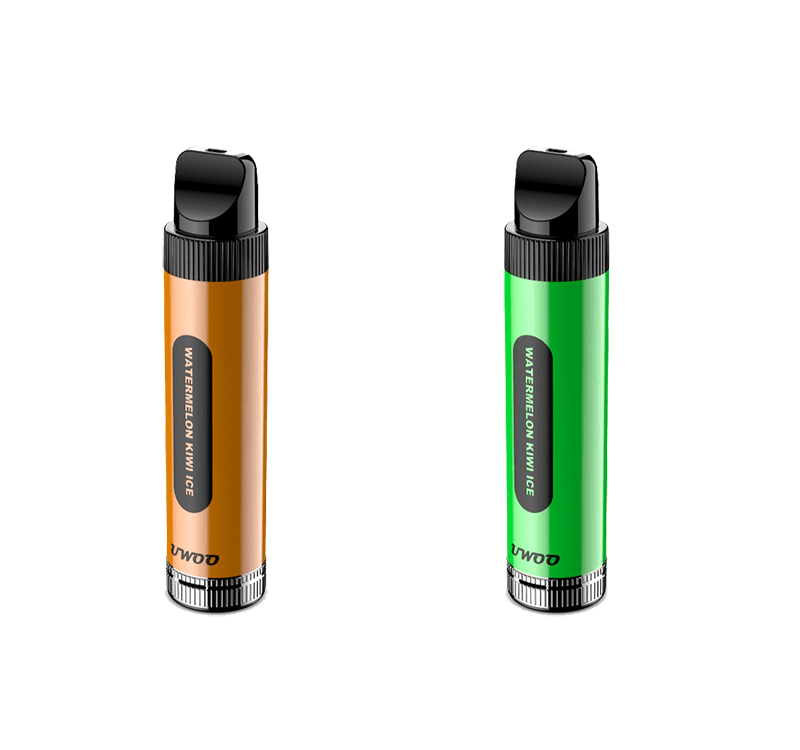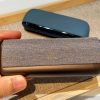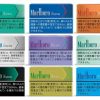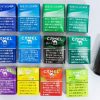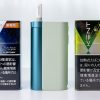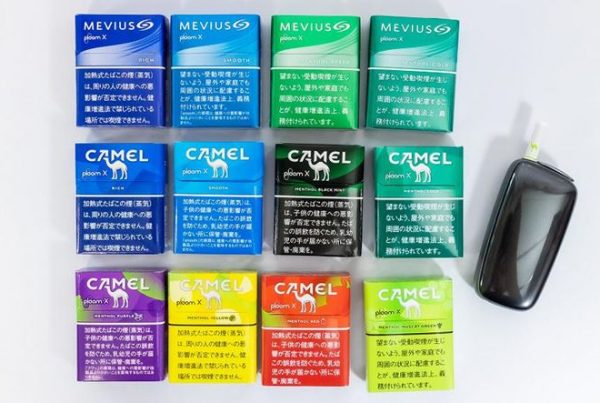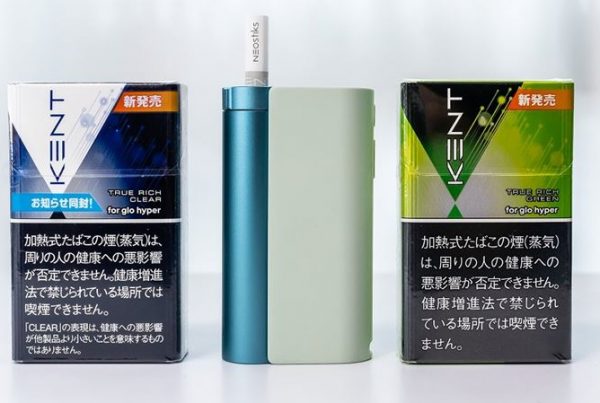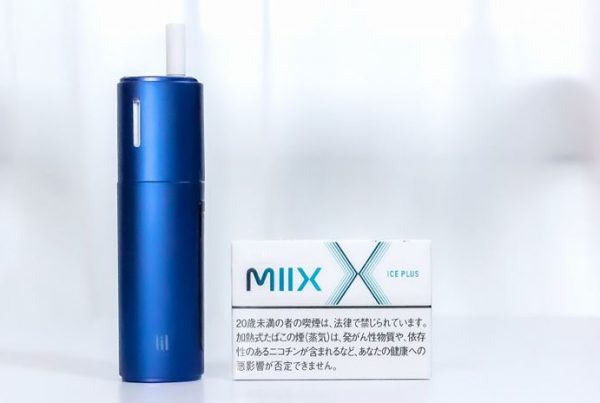The U.S. disposable e-cigarette market has grown from a retail footnote to a $2 billion behemoth in just three years. Disposable e-cigarette products have quickly dominated the convenience store/gas station segment of the e-cigarette products market. The sales data comes from Chicago-based market research firm IRI and was reported today by Reuters, which obtained the data through confidential sources. IRI reported that disposable e-cigarettes grew from less than 2 percent of the c-store market to 33 percent in three years, according to Reuters.
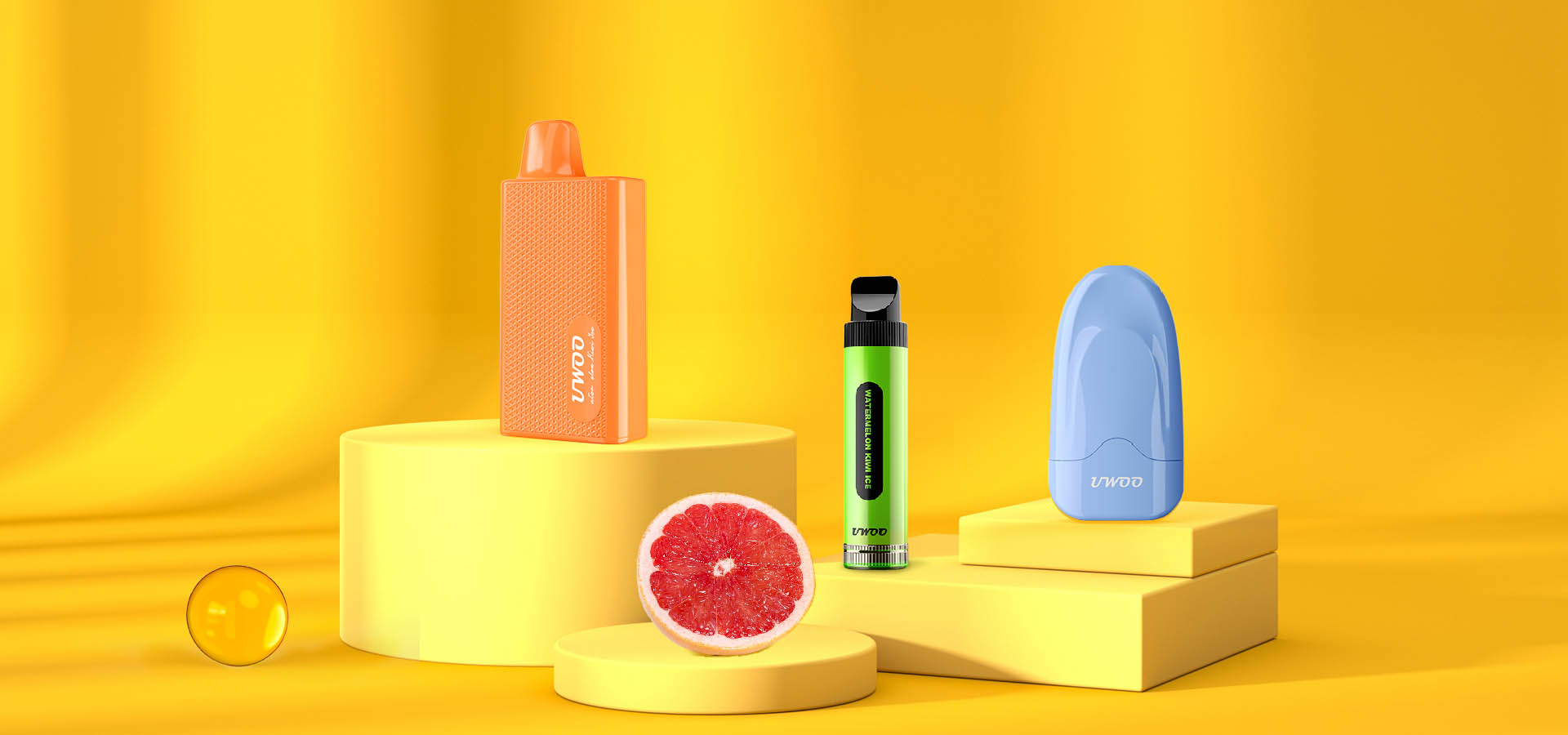
This coincides with data from the 2020 National Youth Tobacco Survey (NYTS), which shows disposable use among school-age youth growing from 2.4 percent in 2019 to 26.5 percent in 2020. As a result of FDA action, the disposable market grew rapidly when most retail stores stopped offering cartridge-based flavored e-cigarettes.
While not surprising to regular observers of e-cigarette trends, the new IRI study confirms that the FDA’s focus on preventing the sale of flavored e-cigarette products by well-known mass-market brands such as Juul and Vuse, as well as open-system products sold in e-cigarette stores and online – has simply created a little-known disposable brands in a parallel gray market.
Gray market e-cigarettes are like black market products, but instead of being sold in underground illicit markets, they are offered in standard retail channels where taxes are levied and age restrictions are observed.The three-year growth period from 2019 to 2022 described in the IRI report is significant.In late 2018, then-market leader Juul Labs was forced to remove its flavored e-cigarettes from the market (menthol ) from the market in response to a moral panic over what tobacco control groups called an “epidemic” of e-cigarette smoking among youth.
Then in 2019, Juul also removed its menthol flavoring, President Donald Trump threatened to ban all flavored e-cigarette products, Trump backed down, and in January 2020, the FDA announced new enforcement measures for vape and cartridge-based e-cigarette products other than tobacco and menthol.
The crackdown on flavored products sold in regulated markets was matched by the rapid growth of the disposable gray market, which was largely unknown to regulators and the national news media. The first disposable brand to gain attention, Puff Bar, could become the face of the market, as it takes too much effort to track the morphing world of gray market e-cigarettes. It’s easier to blame the brand for the “problem,” as many tobacco control authorities have done.
The FDA spent a lot of time trying to lasso Puff Bar, starting with a warning letter to Puff Bar distributors – sent a week after the company claimed to have stopped selling in the U.S. – and later asking Congress to grant the agency regulatory authority over synthetic nicotine. regulatory authority because Puff Bar “returned” to the market nearly a year later, claiming to use a new, non-tobacco-derived nicotine formula. (The FDA began regulating products containing synthetic nicotine this spring.)
Puff Bar is indeed a well-known brand, but by the time the FDA and CDC realized this, the name had evolved into an all-encompassing term to describe disposable e-cigarettes. roughly five times as popular as Juul – although at the time of the NYTS questionnaire, actual Puff Bars were no longer widely available in stores.
Of course, the survey did not attempt to distinguish whether younger e-cigarette users were using actual Puff Bars (which was unlikely at the time), or whether they were calling the brand “Kleenex” as many people call all facial tissue. In fact, by the time NYTS data is collected in 2021, there will already be dozens, perhaps hundreds, of disposable products on sale.
None of the currently popular disposable e-cigarettes have been authorized by the FDA, although some disposable manufacturers have filed premarket tobacco applications (PMTAs) and some have challenged FDA marketing denial orders (MDOs) in court or through FDA administrative appeals.
Two tobacco-flavored disposables (actually two variants of a single device) manufactured by e-cigarette product pioneer NJOY were authorized for sale by the FDA in June. But the low-powered NJOY Daily, introduced nearly a decade ago, has little in common with today’s popular disposable e-cigarettes.
Modern disposable e-cigarettes range from miniature Juul-shaped devices to high-capacity products that fill the user’s hand and deliver thousands of puffs. While they all use rechargeable lithium-ion batteries, only those that contain more than a day’s worth of e-liquid have built-in USB ports that allow users to charge them until the liquid runs out.
Most popular disposables are filled with fruity vape juices, often mixed with a menthol-like coolant. Very few come in tobacco flavors. In fact, the gray market would never have become so large if the FDA hadn’t made up its mind to eliminate non-tobacco flavors.
These products are everywhere, not only in U.S. stores, but around the world. Even in Australia, where the government has banned all nicotine e-cigarette products without a doctor’s prescription, there is still serious fear about teenagers using disposable e-cigarette products that are readily available.
What will Australians do with a popular product that has been banned? Probably the same way the FDA in the United States dealt with a $2 billion market that ignored the agency’s edict: by penalizing companies that tried to comply with FDA rules. Fools who submit applications and make good faith efforts to comply with the agency’s rules will get MDOs and warning letters, while gray market sellers will change their product names and laugh at bumbling regulators.


